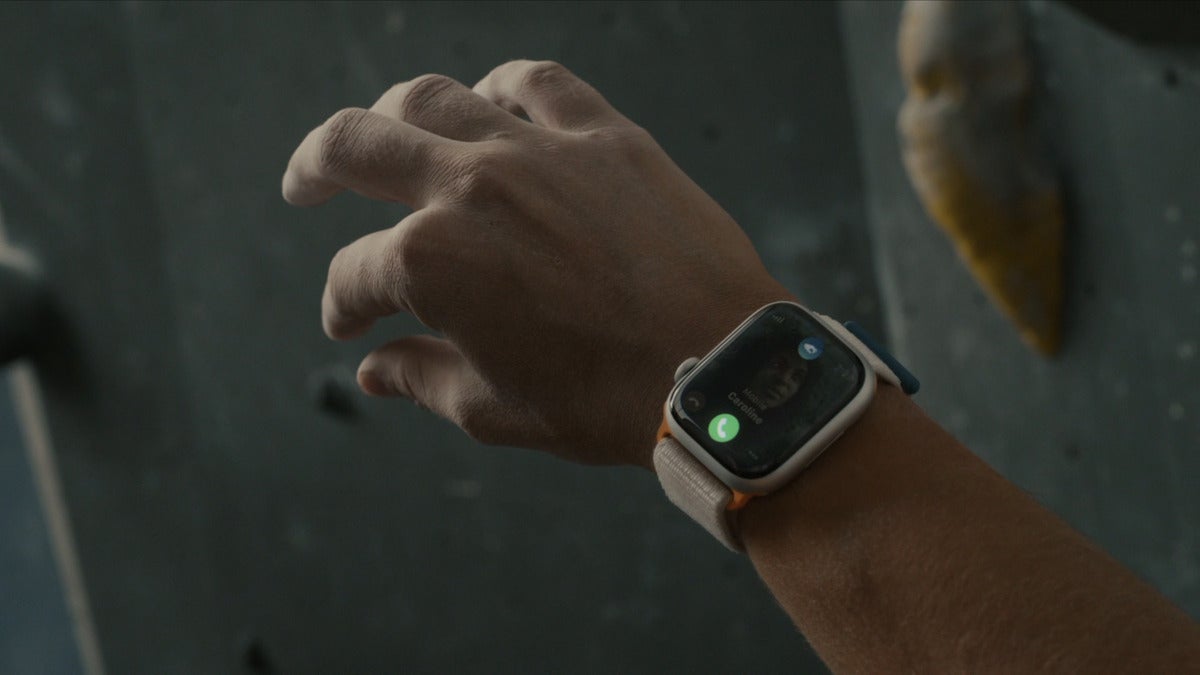Smartphones are arguably more powerful than PCs. Consider that the iPhone 12, at 11 teraflops, outperformed the Cray 2 supercomputer by over 5000 times. And that’s a now-three-year-old phone.
Even Samsung argues that modern smartphones are more powerful than PCs. Even if that isn’t true for high-end PCs, the performance of the two classes of devices is very close between top-end smartphones and high-volume PCs with integrated graphics.
So why haven’t we yet ditched PCs for smartphones? Because of the human interface. A computer uses a keyboard and mouse (or trackpad), while a smartphone, which ditched the physical keyboard with the arrival of the first iPhone, typically relies on a virtual keyboard and touch, both of which compromise an already much smaller display.
Head-mounted displays might some day solve the screen-size issue, but the lack of a keyboard and mouse for input and navigation remains a big impediment to losing the increasingly redundant PC.
This week, Apple launched the iPhone 15 and a new Apple Watch. The Apple Watch has even less screen real estate (by a lot) than the iPhone, but it now come with a new feature that could up-end things: a double-tap capability that could open the door to a new interface that replaces the keyboard and mouse and will work with a head-mounted display like the upcoming Apple Vision Pro.
Let’s explore.
The double tap
The double-tap feature, which has been available as a little-known Accessibility option for a while, allows an Apple Watch user to execute a command without touching their watch or phone by just tapping their fingers together twice. The phone isn’t involved (that’s how Microsoft handled a similar problem with HoloLens). The tapping motion is based on wrist movements instead. While initially this particular maneuver is limited to one gesture, there’s no reason a wide variety of other gestures couldn’t emerge.
Imagine if you could communicate with your device using one hand instead of two; you could create documents at twice the speed you do now (and that’s without AI finishing words and sentences for you, which would be even faster). You would only need a smartphone and a headset instead of a full-fledged PC to get your work done.
American Sign Language vs. keyboard and mouse
Years ago, I trained to use American Sign Language (ASL) — not to communicate with people who had hearing problems but so I could communicate in loud environments (where I was basically deaf). ASL uses a variety of mainly one-handed gestures.
This is where it gets interesting.
Typically, you need to be able to sign at a speed of 110 to 130 words per minute to have a conversation, while professional typists type at between 43 and 95 words per minute. This was news to me when I first learned it. But think of the implications of moving from typing to sign language: you’d see a significant positive impact on productivity and the side benefits of being able to…
2023-09-16 03:48:03
Source from www.computerworld.com rnrn
